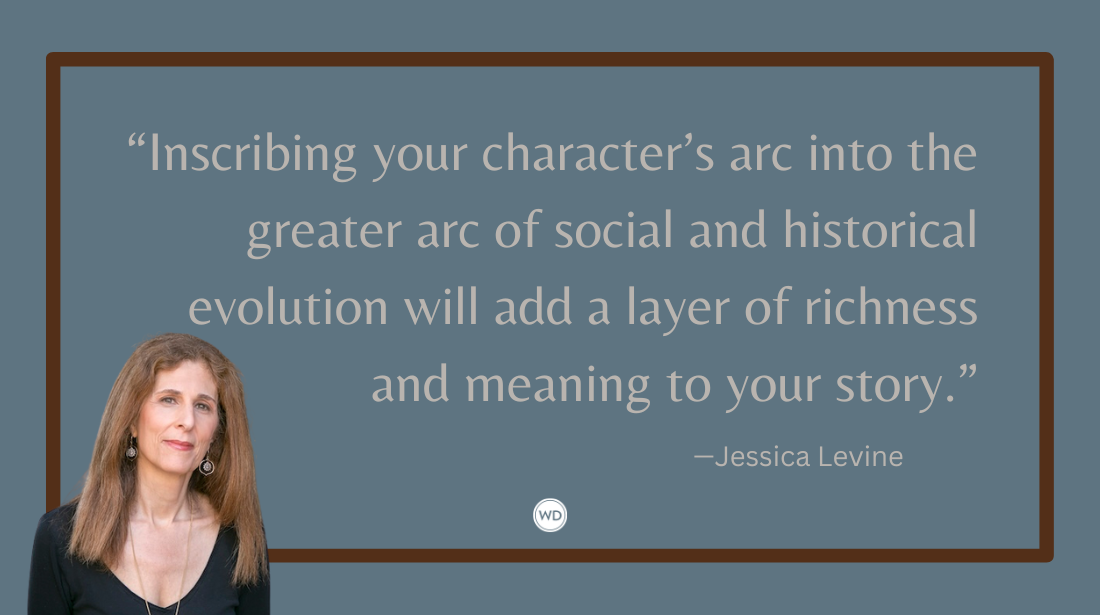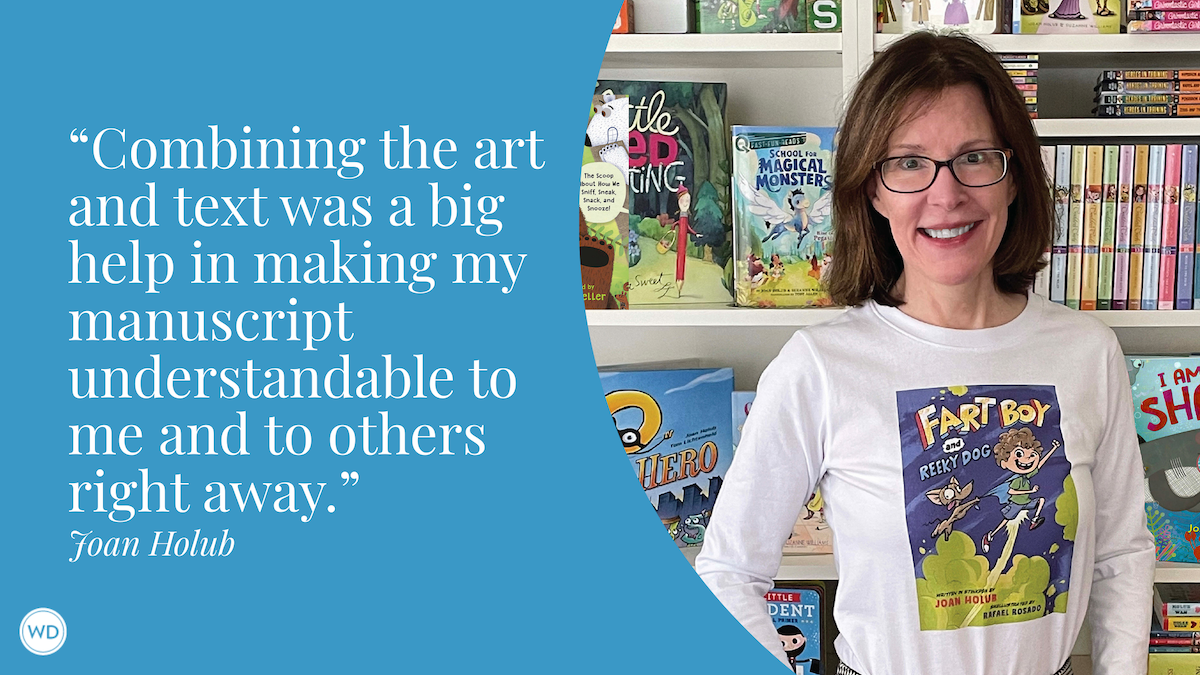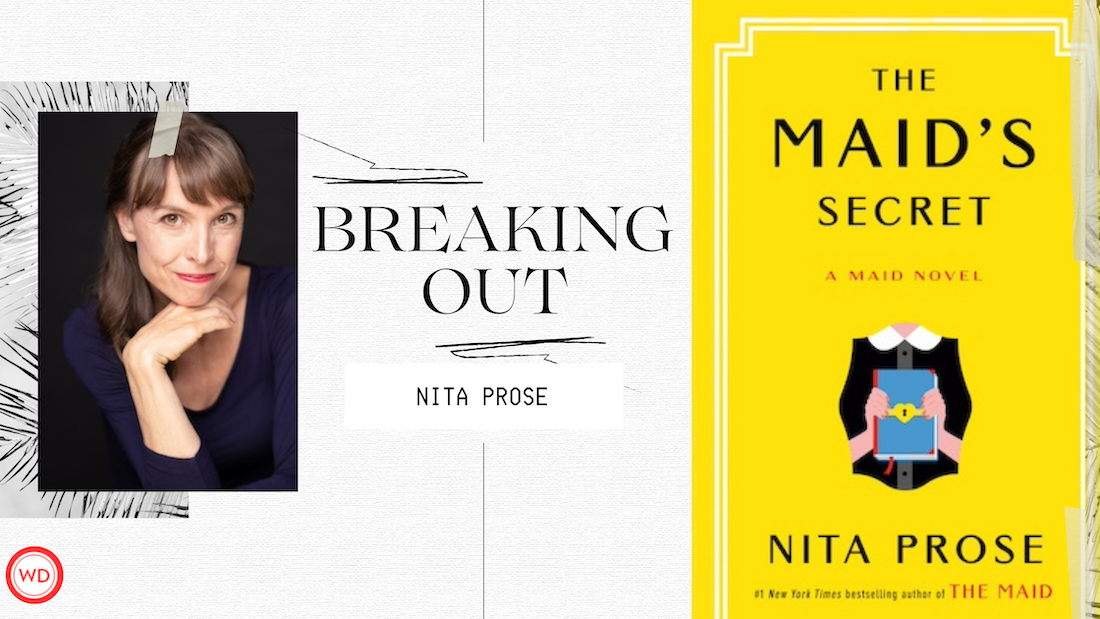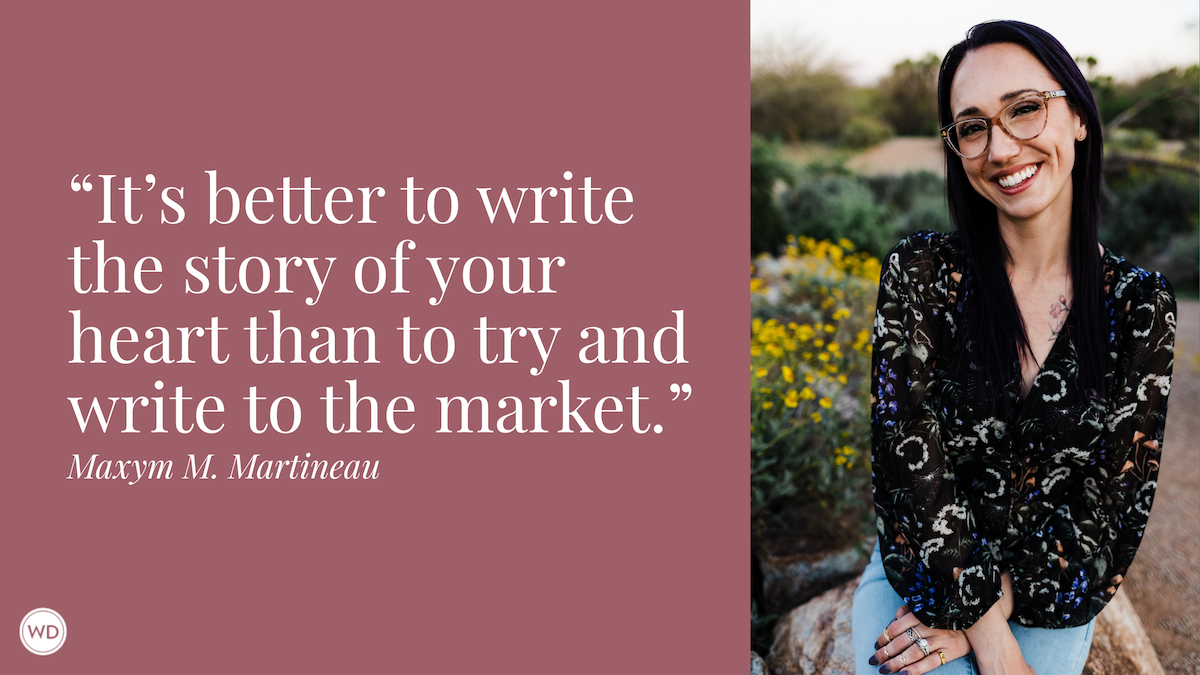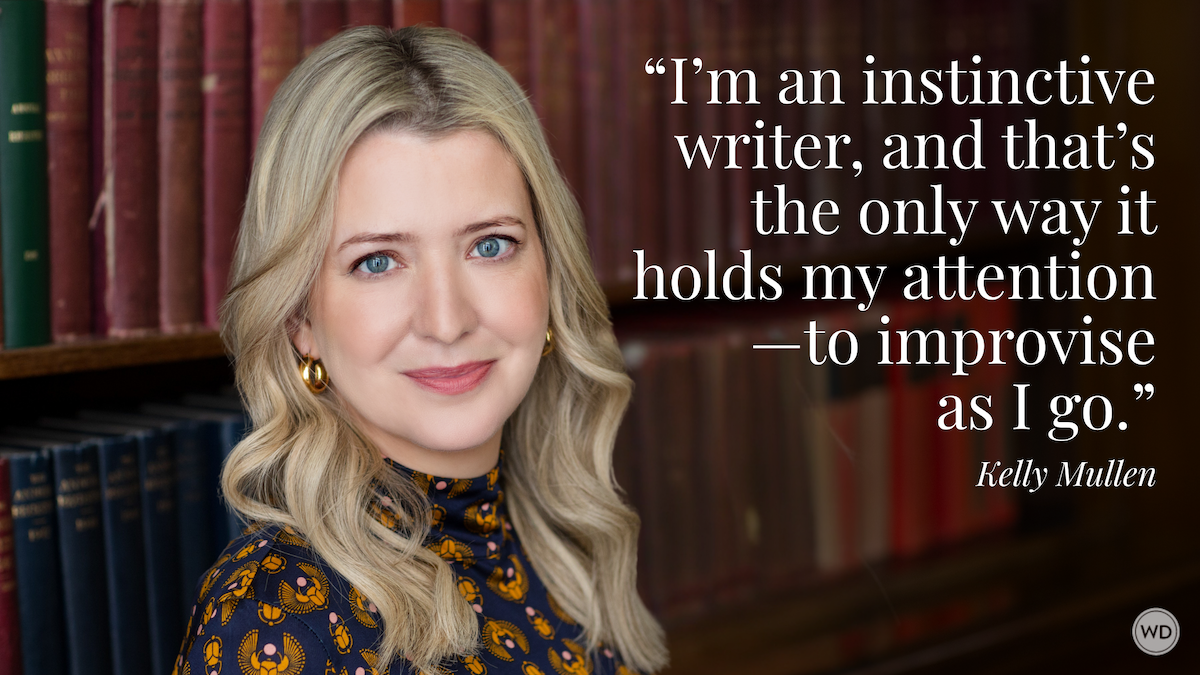Why Is This Love Scene Here? How To Write Compelling Love Scenes
Not sure which way to turn when writing intimate scenes? Author Jo McNally shares how to write compelling love scenes that make sense for the story you’re writing.
When writing romance—or any genre for that matter—if there’s a love scene, it should have a purpose within the story. Don’t write it because someone said there should be sex by the halfway point (not true!). If writing a love scene makes you squeamish, there are multiple sub-genres of romance known to have no sex at all, or closed-door, fade-to-sunset sex. But if it works for your characters and your story, you first need to examine why this love scene exists. What does this scene, particularly the pivotal first love scene, do for your story and characters? And how will that affect your writing style?
One reason some authors dislike writing love scenes is they feel they need “new” ways to describe the action differently from their previous books, as if it’s the same old thing every time. They worry about writing the physical logistics of the sexual act before they worry about the emotions. Yes, you have to make sure everything you’re writing is technically possible and doesn’t break the laws of physics. But logistics are not the most important part of writing a sex scene. Worry about logistics in revisions.
Believe it or not, initial love scenes in romance are not about the sex. That doesn’t mean they can’t be multiple chapters long, active, and entertaining. But the physical action should still not be the primary focus of the scene. Who has the most to gain or lose when the characters give in to intimacy? If an author begins with the emotional vulnerability of the characters, the physical stuff will practically take care of itself.
Having sex with a new partner for the first time is a moment of extreme vulnerability. What will that vulnerability reveal about your characters? Dive deep into that and you’ll have a better idea what language and pacing to use for the scene. This is where the love scene becomes yours. Or more importantly … theirs.
Write a love scene that makes sense for these characters at this particular point in this particular story. Once you know the emotional stakes, then writing a scene that’s authentic to the characters comes far more easily. Are they happy? Eager? Horny? Tender? Mad? Nervous? Is this the right place in the story for the first love scene (again—there are no magic formulas for this)? Are they in a bed? Against a wall? In a hayloft? On a desk? Is it late and dark in the backseat of a car? Or is it a sunny afternoon on a riverbank? Answering all these questions before you start writing helps make the sex in each story completely unique.
IndieBound | Bookshop | Amazon
[WD uses affiliate links.]
In my first book, She’s Far From Hollywood, the love scene happens during a raging thunderstorm. Bree’s surly neighbor, Cole, suffers from PTSD. Their lovemaking is heavily tinged by the tension of the storm. It’s aggressive. It starts against a wall. Sentences are shorter. Language is rougher. And just when it seems it’s too intense, Cole stops and makes solid eye contact with Bree. That’s the moment when it’s no longer about the storm and his trauma. This is two human beings, connecting on every emotional level. Boom.
In Her Mountainside Haven, Jillie suffers from extreme anxiety and agoraphobia. Matt is happy to take things slow. Even when Jillie tells him she’s ready, he’s worried about triggering a panic attack. The setting is her bedroom, in a comfy bed covered with pastel quilts. The lighting is soft, the language gentle and tender, spoken mostly in whispers. Sentences are longer and flow smoothly.
In my August release, When Sparks Fly, Mike and Zoey have been very best friends since third grade. Their schtick is making each other laugh, and they’re nervous about ruining their friendship by impulsively having sex. They panic when he doesn’t have condoms with him (Remember: Safe sex is always sexy, along with clear consent). Zoey remembers a gag gift she received of multicolored condoms. The search for the colorful condoms takes place after they’re both naked. It’s a sweet, hot, funny beginning to their love scene, and it’s completely authentic.
When you know why there’s a love scene and what the emotional stakes are, it’s no longer about Tab A going into Slot B. It’s about the emotional journey the characters are taking, and how the love scene will affect that. If I haven’t moved the characters from one point to another emotionally by the end of the scene, or at least opened the door to them changing somehow, then I’m doing something wrong.
Logistics are important, too … eventually. During revisions, I think more about where body parts are, whether it makes any physical sense, and yes—does it fit the mood? I also take a second look at the sort of language I’m using.
Is the sex hot and frantic? If so, I use shorter sentences with grabbing, clutching, nibbling of lips (or other things), harsh breathing, and torn clothing. If the scene is slow and sultry, then there are rhythmic, flowing sentences with fingertips brushing across soft skin, deliberate movements, breaths caught in ecstasy, and softly whispered names.
If a love scene you’ve written feels too clinical or feels as if it’s just plugged into the story for no reason (it could be deleted and nothing would change), then it’s probably because you worried more about Tab A/Slot B than the emotional journey. A love scene needs to be felt in the heart as well as appealing to other senses. It must change the characters or the story in some way.
So take the time to ask yourself a long list of questions before you start writing that love scene. Be sure that everything—from timing to setting to dialogue and sentence structure—fits the story and is true to the characters you’ve created. It takes more than sex to make a love scene memorable. It takes emotion.
Jo McNally lives in upstate New York with 100 pounds of dog and 200 pounds of husband—her slice of the bed is very small. When she's not writing or reading romance novels (or clinging to the edge of the bed...), she can often be found on the back porch sipping wine with friends, listening to an eclectic playlist. If the weather is perfect, she might join her husband on the golf course, where she always feels far more competitive than her actual skill-level would suggest. Connect with Jo at jomcnallyromance.com.



